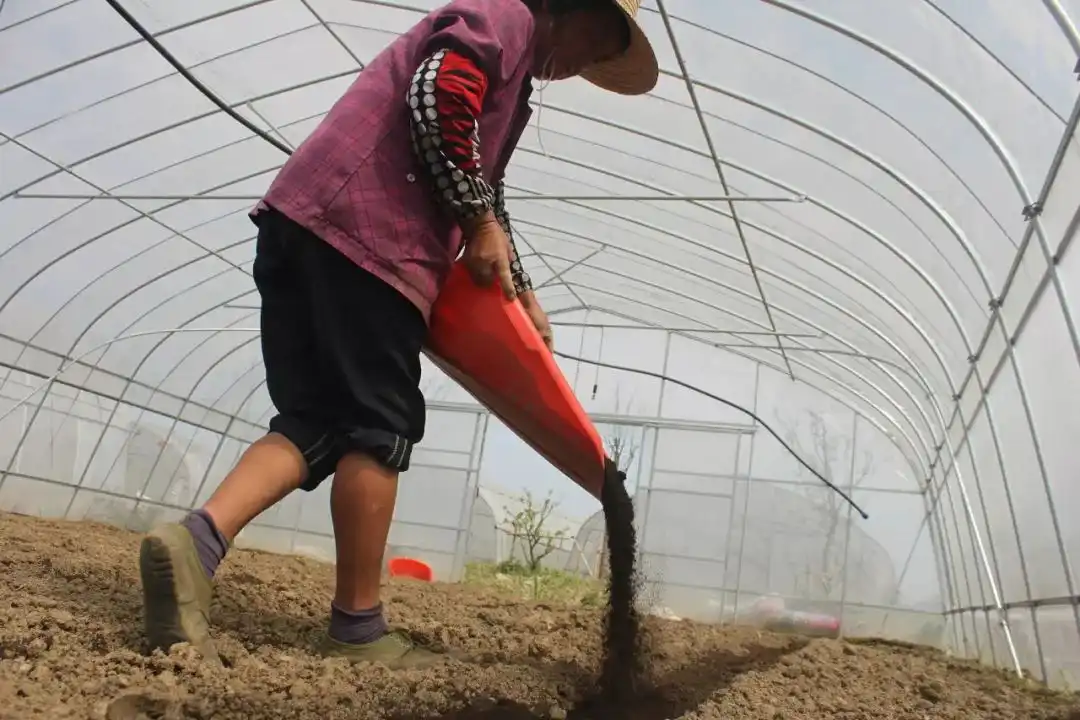La urea es un fertilizante molecular de nitrógeno que no puede ser absorbido directamente en grandes cantidades por los cultivos. Debe aplicarse al suelo y convertirse en carbonato de amonio (también conocido como fertilizante de nitrógeno de amonio) por la acción de la ureasa secretada por los microorganismos del suelo antes de que los cultivos puedan absorberla y utilizarla en grandes cantidades.

La velocidad de conversión de ureasa depende principalmente de la cantidad y la actividad de la ureasa, que se ve afectada por muchos factores como sigue:
- pH del suelo. La tasa de conversión de urea en el suelo neutro es significativamente mayor que en el suelo ácido o alcalino; El entorno neutro es más adecuado para la actividad microbiana.
- Fertilidad del suelo. Dado que el contenido de ureasa en el suelo fértil es mayor que en el suelo pobre, La tasa de conversión de urea en el suelo fértil es rápida.
- Temperatura del suelo. Soil temperature has a significant effect on the conversion rate of urea. According to data, when the soil temperature is 10℃, it takes 7-10 days for all urea to be converted; 4-5 days at 20℃; if the soil temperature reaches 30℃, it only takes 2 days to convert all urea.
- Soil moisture. The urease hydrolysis of clay loam with high soil moisture content is strong. According to research, at 25-30℃, when the soil humidity is 70%, the peak of ammoniation occurs one day after the application of urea, y 28% of the urea is converted into ammonium nitrogen and absorbed by crops; on the contrary, when the soil moisture is insufficient and the water content is low, the urea conversion is slow.
In short, according to the characteristics of urea that needs to be converted after it is applied to the soil, in order to better exert the fertilizer effect, it should be applied 3-6 days in advance according to specific conditions, so that it can be converted into ammonium nitrogen in time for crops to absorb and utilize.
Urea contains 46% nitrogen and is the most commonly used high-quality nitrogen fertilizer in production, but the utilization rate of urea after it is applied to the soil is usually only 45%-50%. In addition to early application of urea, the following two methods can be combined to achieve higher fertilizer utilization:
- Deep application of urea
Whether it is used as base fertilizer or topdressing, it should be deeply applied and covered with soil, and the fertilization depth should be 10-12 cm; deep application of urea can significantly improve the utilization rate. According to tests, the utilization rate of urea is only 30% when applied superficially or shallowly 2-3 cm; the utilization rate is 45% when applied at a depth of 5 cm; and the utilization rate can reach 65% when applied deeply 10-20 cm.
- Mixed urea
The application of urea in combination with organic fertilizer, phosphorus and potassium fertilizer and trace element fertilizer can maintain the balance of soil nutrients, maximize the utilization rate of nutrients and give full play to the yield-increasing effect of fertilizers.



